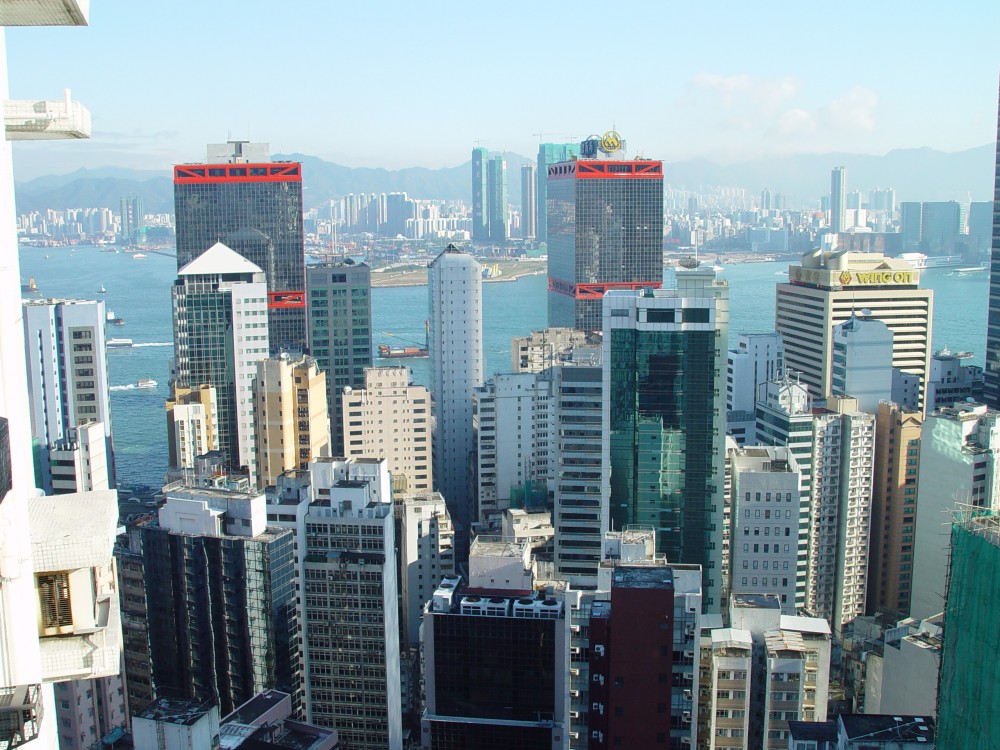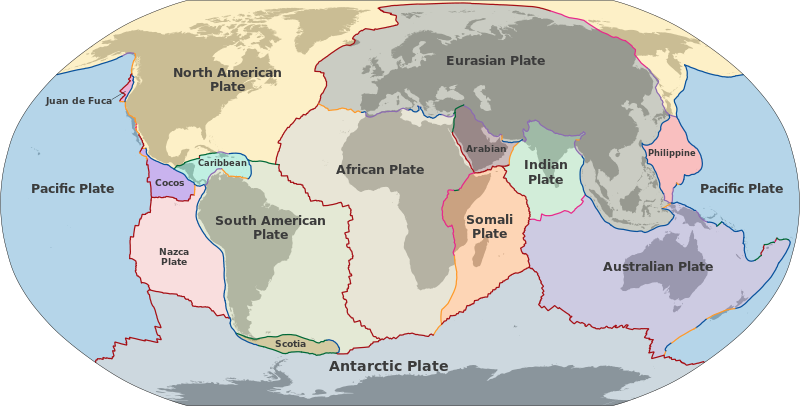Politicians and the public frequently fail to anticipate changing environments until its too late. Like frogs floating comfortably in luke warm water, politicians and people fail to take a long-term view. All over the US and around the world, cities are desperately seeking solutions to alleviate traffic congestion, fix underlying infrastructure, build or repair transit systems, and use limited resources to mitigate the dangers of climate change.
City & Regional Planning for the 21st Century
City and regional planning projects require huge amounts of capital. Planners and politicians must ensure that projects retain or enhance the vital character and livability of a city. For cities and towns to prosper, they must undertake projects that foster sustainable lifestyles, attract newcomers, and satisfy the needs of the area’s creative people including musicians, artists, writers, and actors, a city’s lifeblood. While some past concerns of city and regional planners won’t change, new problems and challenges so big and complicated are arising that new approaches to planning are essential.
Building, Repairing & Maintaining Essential Infrastructure
Cities and towns must now have the latest tools and techniques to manage infrastructure assets to maximize return on investment. Best practices in planning, design, construction, maintenance, rehabilitation, and renovation are essential to ensure that roads, bridges, airports, utility services, water and waste facilities, parks, public buildings, and sports centers are managed properly.
Cities and towns must also be up to date on the accelerated rate of change occurring in all of the different technological areas they are overseeing. For example, the aviation industry is undergoing huge changes in technology which will vastly impact airports and the communities they serve. Anything short of a comprehensive understanding of the changes taking place and the implications for current, expanding, or new airports can lead to significant failures, huge cost overruns, and an inefficient airport that wastes money.
Managing Massively Parallel Microworlds
The sheer number of people and the complex technology available to solve problems requires a deep understanding of how huge numbers of people move and can be synchronized. A careful balance between centralization and decentralization must be forged so that the systems put in place to serve a city or town are organized and coordinated without the need for constant oversight.
Using metaheuristics, complex systems such as air traffic management can be modeled using a variety of variables including taxiing, slot allocation, route management, conflict resolution, airspace management, and route design, such that each can be better choreographed. This technology takes into account uncertainties and constraints so that realistic scenarios can be better understood.
Following is a YouTube playlist of 31 videos on city regional planning:







